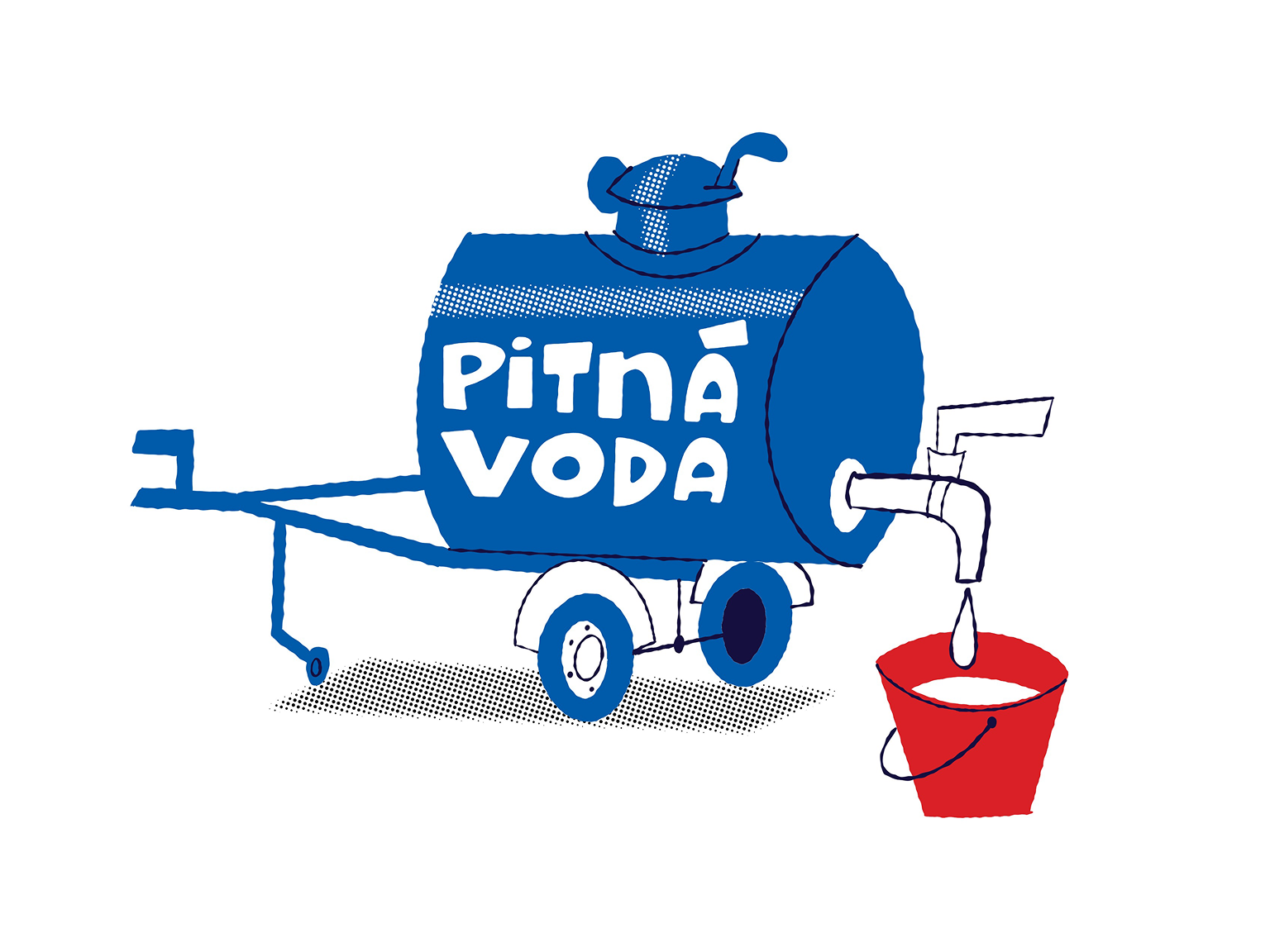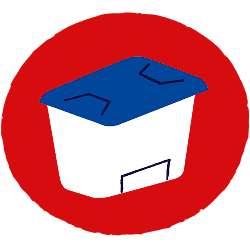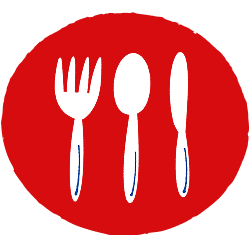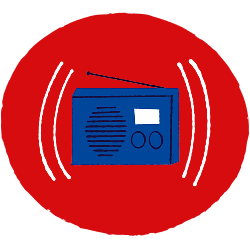Water
During a crisis situation, water may stop running. Minor outages are usually resolved within a few hours, but in the case of major disruptions, restoring the supply can take several days. That is why it is important to have a basic supply of drinking water at home and to know how to proceed in case of shortage.
How to prepare for water supply disruptions?
Each of us uses approximately 2 litres of clean drinking water per day. When we add the water needed for personal hygiene and cooking, the total daily consumption can reach 10 to 15 litres.
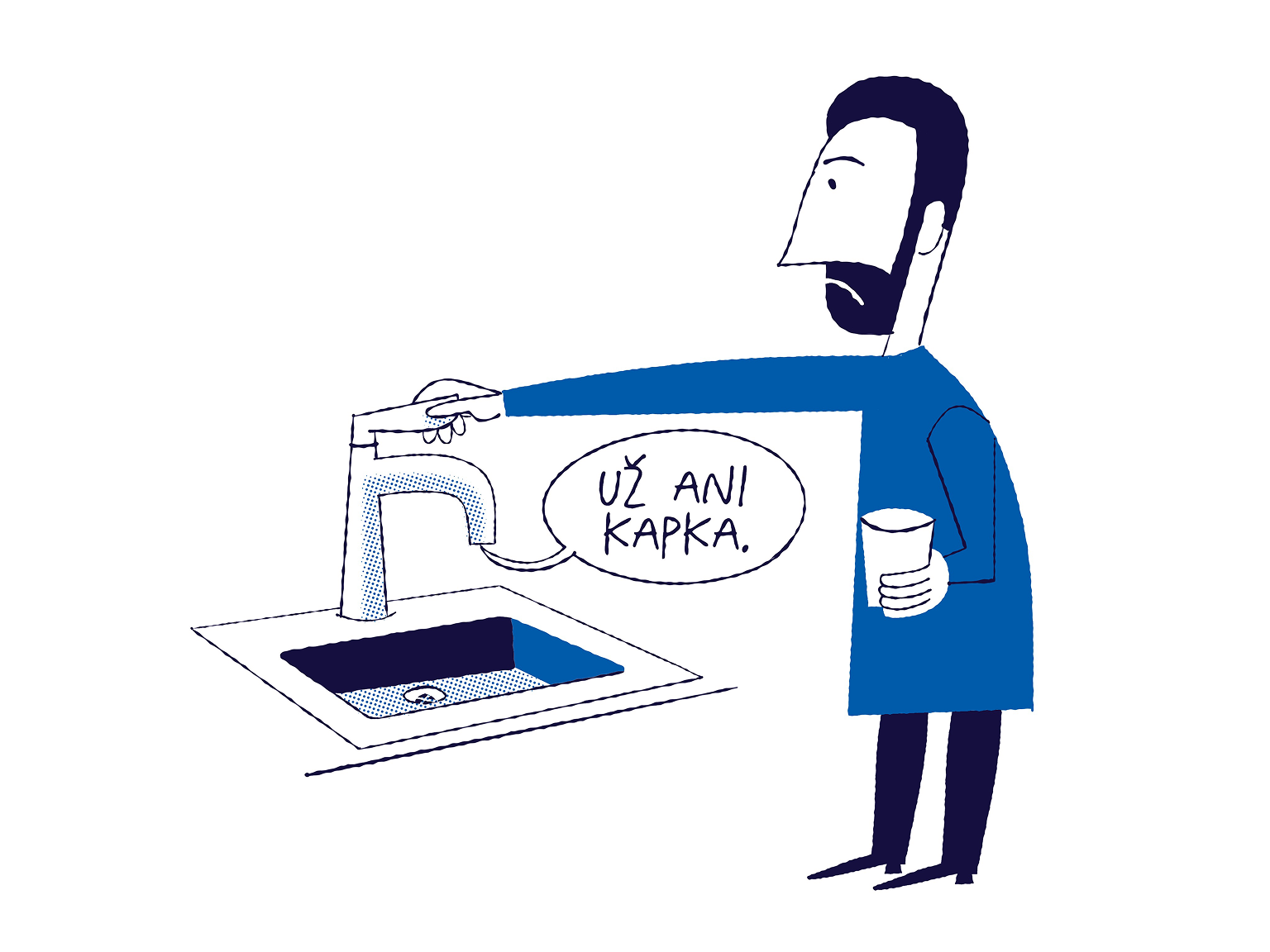
Information on water supply
- Information on drinking water supply interruptions can be obtained from the water supplier, building manager, or property owner.
- If the water supply is interrupted for an extended period, follow the instructions from the water supplier.
- With some water suppliers, it is possible to sign up in advance to receive notifications about water supply interruptions (by SMS or email).
What to do when there is no water and no electricity?
Toilet
- The toilet can be flushed only once; after that, the tank will not refill.
- During a power outage and water supply interruption, use the toilet only if it is necessary.
- Use hand sanitizer to wash hands.
Emergency solution when the toilet is out of order: place a garbage bag inside the toilet bowl, add toilet paper, newspapers, or cat litter. After use, tie the bag carefully, place it inside two additional bags, and dispose of it with regular waste.
Water
- Drink only bottled water or water supplied by tankers.
- We can keep part of our water supply frozen in plastic bottles. In case of a power outage, this will provide extra cooling for the fridge and gradually also drinking water from the melting ice. It is important not to fill the bottles to the top to prevent them from bursting when frozen.
- Be cautious, during a power outage in buildings with district heating, hot water can become dangerously hot or even boiling.
